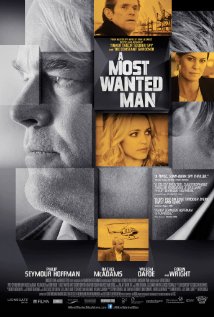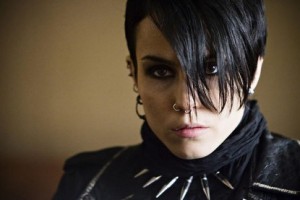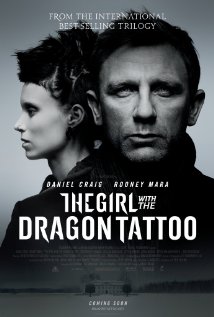 A Most Wanted Man/2014/Demarest Films/122 min.
A Most Wanted Man/2014/Demarest Films/122 min.
Shocking violence has become so yawningly common, so eye-rollingly banal that its flippant depiction onscreen is often just par for the course.
But once in a while you see a movie that derives its tension not from a pool of trigger-happy cardboard psychos and their brutal pursuers but from white-hot sparks that fly between finely drawn flesh-and-blood characters; people with depth and dimension, with vital things at stake. That’s the case with “A Most Wanted Man,” a sharp, suspenseful thriller (based on a John le Carré novel) by director Anton Corbijn.
Corbijn has assembled outstanding actors at the top of their game to bring this story to life. The story and the film belong to the late Philip Seymour Hoffman (1967-2014) as Günther Bachmann, a driven workaholic in a German government security/anti-terrorist agency in Hamburg.
His job is keeping surreptitious watch over a mysterious half-Chechen, half-Russian Islamic immigrant Issa Karpov (Grigoriy Dobrygin), who learns he is the potential heir to a fortune, assuming his claim to the money can be verified. In Günther’s mind, Karpov is a “minnow” in the larger quest to capture “a barracuda and a shark.”
Hoffman plays Günther with arresting realism. We see the dirt under Günther’s nails, hear the raspy voice that’s endured countless smokes and copious Scotch, see the hint of a pleased smile at the culmination of his search. Hoffman is mesmerizing.
Also turning in captivating performances are: Rachel McAdams as Karpov’s lawyer, Willem Dafoe as an uptight banker, Robin Wright as a CIA agent and Nina Hoss as Günther’s colleague.
Corbijn’s carefully rendered mise-en-scène shows Hamburg, often shot against inky-blank nightscapes by Benoît Delhomme, as glossy and gritty, bustling and lonely. Herbert Grönemeyer provides a haunting score. Where Corbijn missteps is pacing what turns out to be a rather spare plot – the story idles a bit in the third act.
That’s a small flaw, however. Well crafted and superbly acted, “A Most Wanted Man” stands as one of the best films of 2014.
‘A Most Wanted Man’ is currently in theaters.













From FNB readers